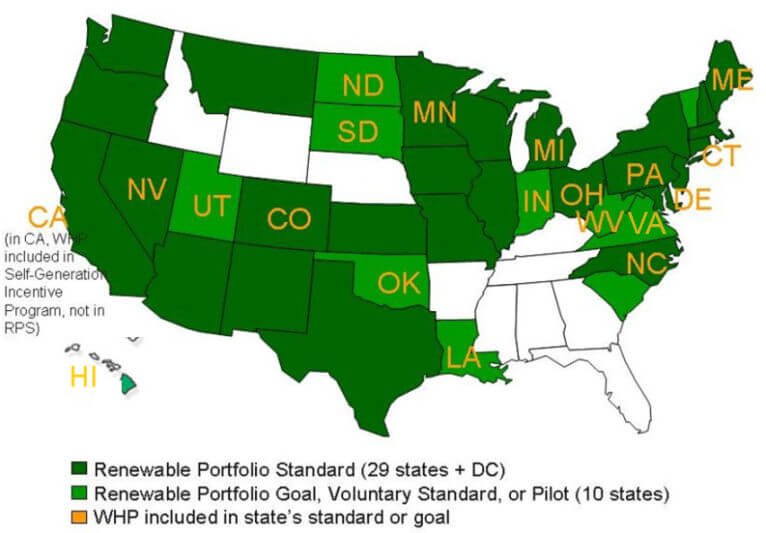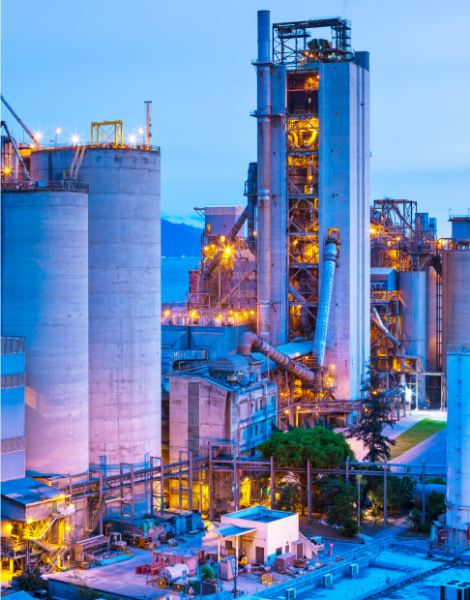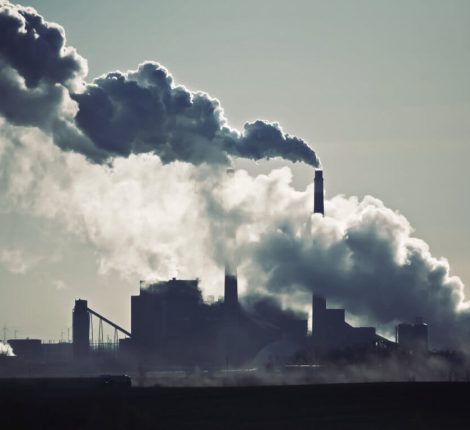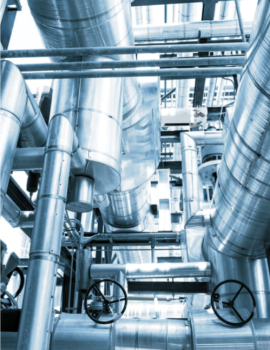Waste Heat to Power
ABOUT WASTE HEAT
If not recovered for reuse as Heat or to produce emission-free power, Waste Heat will dissipate into the atmosphere—a wasted opportunity.
NOTE: WHP potential has been updated by DOE to 15 GW, replacing EPA’s 10 GW estimate referenced in the video

NOTE: WHP potential has been updated by DOE to 15 GW, replacing EPA’s 10 GW estimate referenced in the video
NOTE: WHP potential has been updated by DOE to 15 GW, replacing EPA’s 10 GW estimate referenced in the video
Why is Waste Heat to Power zero emission? How does it differ from Combined Heat and Power?

services
Social media done right
Lorem ipsum dolor sit amet, consectetur adipiscing elit, sed do eiusmod tempor incididunt ut labore et dolore magna aliqua. Lorem ipsum dolor sit amet

Opportunities with WHP
According to the US Department of Energy, significant quantities of industrial waste heat from essential American industries like cement, iron/steel, aluminum, glass, paper, chemicals, petroleum refining, and gas pipelines, are lost every day. Capturing this waste heat potential could generate 160,000 jobs. This is a significant opportunity to get Americans back to work through the development and application of Made in the USA technology.
Expansion of a US Waste Heat to Power market would:
- Act as a driver in the transition to a clean energy economy;
- Increase domestic production of clean energy;
- Provide reliable, base load, clean, emission-free, cost effective power;
- Help our manufacturing sector produce zero-emission electricity;
- Generate 160 000 American jobs while displacing carbon emissions; and
- Add a new product for the US in the global clean energy race.

American Competitiveness
The US is well positioned to lead in the manufacturing and project development of WHP systems and components.
Many modular WHP units are manufactured on the American shop floor, in most instances with greater than 90% American components. By creating a vibrant Waste Heat to Power market in the US, WHP can provide base load zero-emission electricity, while creating new profit streams, reducing energy costs of US industrials, and leading the world in the development of this innovative technology.
What Spurs WHP Developement?
The US has enormous WHP potential in its industrial sector. The US Congress now recognizes Waste Heat as an emission free resource via the 2021 Investment Tax Credit (ITC) granted to Waste Heat Recovery technology, which . provides enormous opportunity for WHP project development in the US This critical tax incentive for WHP should be extended to pave the way for more projects to meet the net-zero carbon emission goal by 2050 envisioned by the Biden-Harris administration, and to facilitate the creation of American jobs, and ensure American leadership in the global clean energy race. Similarly, state governments should continue to level the playing field for WHP, by including WHP in their renewable, clean, and alternative energy resource portfolios and other local incentive programs for energy efficient generation and emission free power.



Dollars and Sense
American industrial processes are an increasingly expensive proposition. While operating continuously – for major manufacturers this can be as much as 24 hours a day, 7 days a week – is necessary to compete in a global marketplace, it requires the consumption of a massive amount of energy. This is most often purchased from local utilities and a significant line item in any operational budget. Installing Waste Heat to Power technology allows companies to generate their own emission-free power from a resource they already own, reducing their operating costs – and pollutant and carbon footprint. Alternatively, this energy can also be sold back to the grid generating a new stream of revenue.
